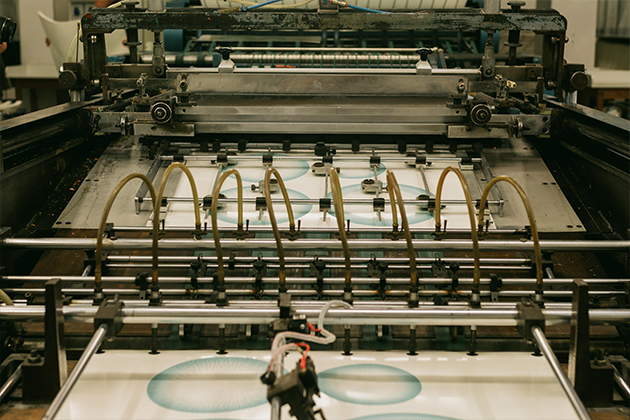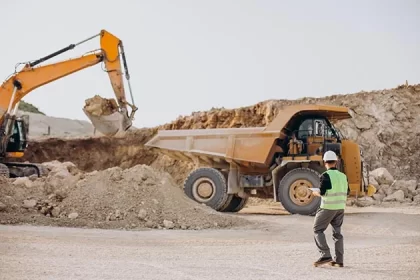Robotics and industrial automation may frequently steal the limelight with their impressive modern machinery, but behind the scenes of these marvels is a silent worker that often goes unnoticed: industrial-grade structural integrity.
Supporting every automation process in robotics stands the backing of steel supports. With the continuous advancement of manufacturing and automation processes, these steel supports have become more pertinent than ever in ensuring adequate support and backing for cutting-edge technologies. This article covers the significance, application in the robotics industry, compliance with engineering requirements, and future trajectory.
The Backbone of Industrial Strength
Steel support is a critical element of the load-bearing system that keeps our industrial systems in place. Suitable to carry out both static and dynamic loads, this necessary component is found in all aspects of production lines, manufacturing plants, logistical systems and others. Unlike its lower-grade counterparts, steel is much more wear-resistant and does not deform easily even under high-stress situations.
As the name suggests, this steel support system provides the stability that every industrial application necessitates. In doing so, it ensures that all supporting systems (machinery, conveyor systems, et cetera) function together as expected and with minimal downtime. Such steel supports come in various forms. From structural beams to heavy-duty frames for various machinery, steel supports also make operations possible through high-tonnage handling.
Precision in Robotics and Automation
Automation thrives on precision, and precision requires stability. Robotic arms, conveyors, and sensor systems demand carefully aligned structures that minimise vibration and maintain accuracy. Even minor instability can disrupt workflows, reduce efficiency, and compromise safety.
Steel supports enable reliable positioning of automated equipment, ensuring movements remain accurate at high speeds. Their rigidity provides a base that technology can trust, bridging structural engineering with cutting-edge robotics. In this way, steel supports don’t just carry weight—they carry the responsibility for efficiency and precision in automation.
Engineering Standards and Safety
Steel construction must be in accordance with established engineering principles. Loading formulas, deflection criteria, and a host of other technical aspects ensure the structure supports its operational demands. When these calculations are performed accurately, steel structures do not fail and workers are not jeopardized.
In the industrial arena, steel construction projects are performed within very stringent guidelines. Weld quality, inspection procedures, and virtually every other facet of the build are evaluated and possibly quantified such that the final steel structure is both safe for people and long-term
Steel Supports that Future-proof Industries
Today’s industrial sectors continue to transform and grow more complex, and steel supports are stepping up to new demand. Advanced alloys are delivering strength in lighter packages; modular prefabricated parts are creating faster, more efficient installations.
Sustainability is equally top of mind. Steel’s endless recyclability means a stronger environmental steward; energy efficiency in manufacturing means a responsible supply chain. Resources on steel supports for industry show how these new industrial support systems reflect the wider development of sustainable, adaptable infrastructure systems. And as with all advances in industrial design, the steel supports of tomorrow begin at the drawing board.
Conclusion
Steel supports are the bedrock on which precision and productivity combine. As automation shines and processes become more complex, these steel structures are the unsung heroes that make it possible to bring progress to industry in the most reliable way. Their ability to hold up heavy loads and meet evolving standards, sustainable construction practices, and building codes means steel is going to stay a critical building block for industry, as architects and engineers search for even more sophisticated and reliable automation solutions.










